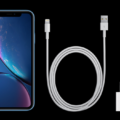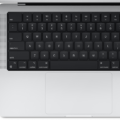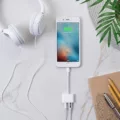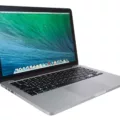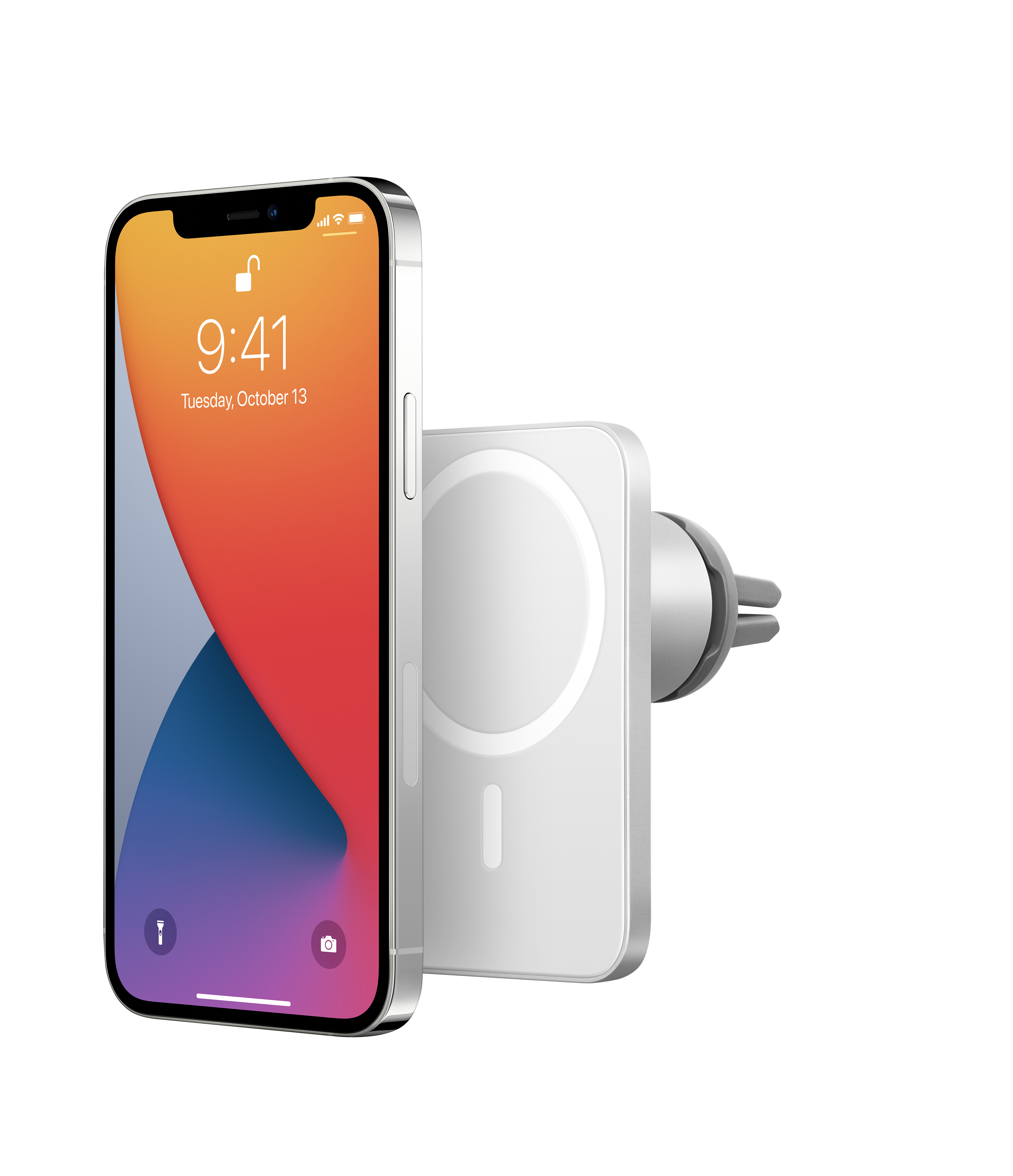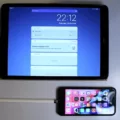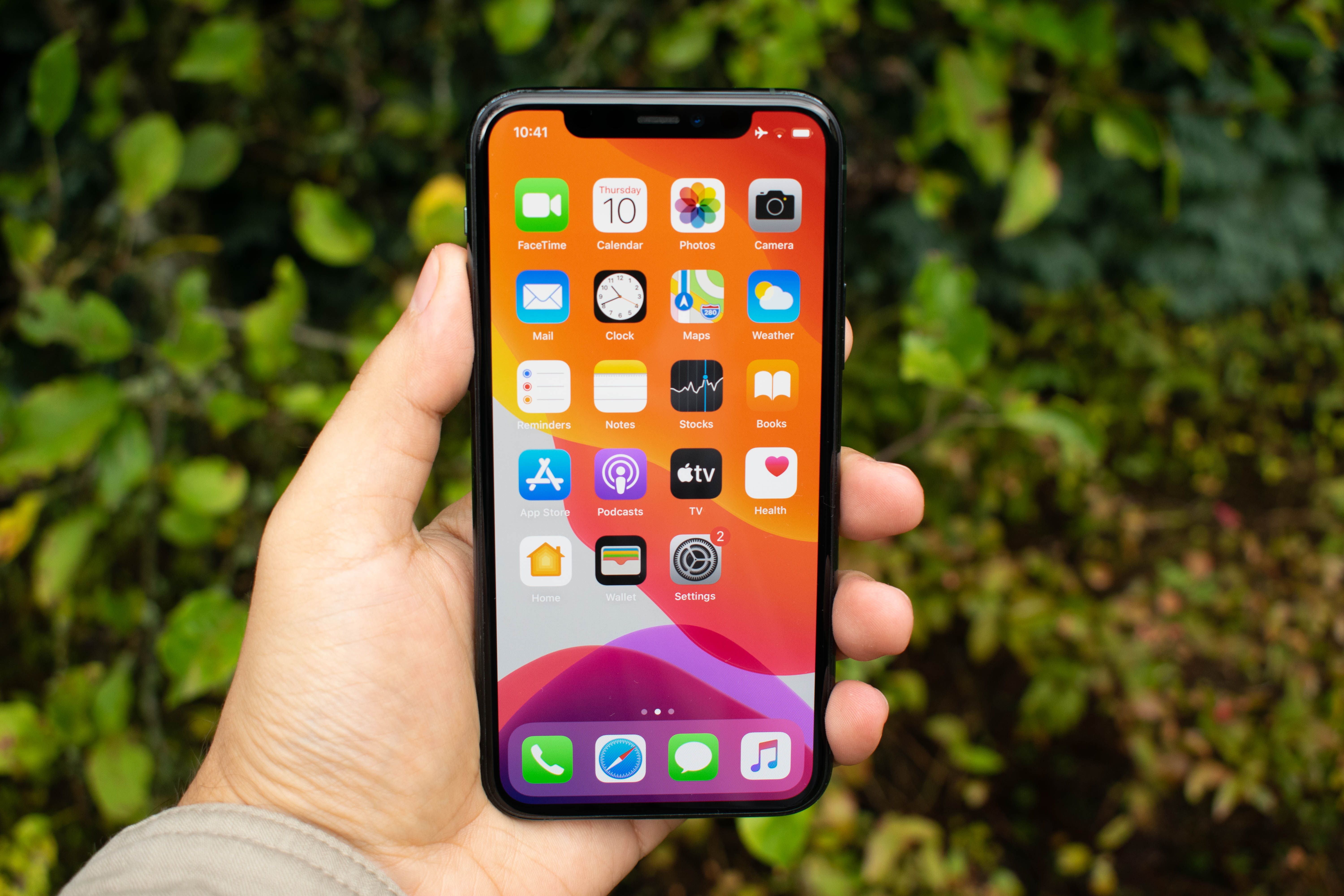Mobile phones have become an indispensable part of our daily lives. They keep us connected with our loved ones, help us stay productive, and entertain us. However, all these functionalities come at a cost – the need to charge your phone regularly. In this article, we will discuss the different types of phone chargers available in the market and what you need to know before buying one.
1. USB-C: Not just for Android
The USB-C is a universal charging port that can be used for both Android and Apple devices. It is a reversible connector that is faster and more powerful than its predecessor, the micro USB. It can transfer data, audio, and video files, and charge your phone simultaneously. The USB-C is becoming increasingly popular, and many new phones are being designed with this port.
2. Lightning: iPhones, iPads, AirPods, and more
The Lightning cable is exclusive to Apple devices. It is a proprietary connector that is smaller and more durable than the previous 30-pin connector. It can transfer data, audio, and video files, and charge your Apple device. The Lightning cable is popular among Apple users, and it comes in different lengths to suit your needs.
3. Micro-USB: An old friend
The Micro-USB is a standard charging port that is used by many Android devices. It is a universal connector that can be used to transfer data, audio, and video files, and charge your phone. The Micro-USB is affordable and widely available, and it is compatible with many devices.
4. Fast charging
Fast charging is a feature that allows your phone to charge quickly. It is available on many new phones and requires a compatible charger. Fast charging can charge your phone up to 50% in 30 minutes or less. It is a useful feature for people who are always on the go and need their phones to be charged quickly.
5. Wireless charging
Wireless charging is a feature that allows your phone to charge without a cable. It requires a compatible wireless charging pad or mat. Wireless charging is convenient, and it eliminates the need for cables. However, it is slower than traditional charging methods, and it may not be suitable for people who need their phones to be charged quickly.
Phone chargers are an essential accessory for mobile phone users. There are different types of phone chargers available in the market, and it is important to choose the right one for your device. USB-C, Lightning, and Micro-USB are the most common types of charging ports, and they have their own advantages and disadvantages. Fast charging and wireless charging are useful features that can make your life easier. However, it is important to remember that not all phones are compatible with these features. Therefore, it is important to do your research before buying a phone charger to ensure that it is compatible with your device.
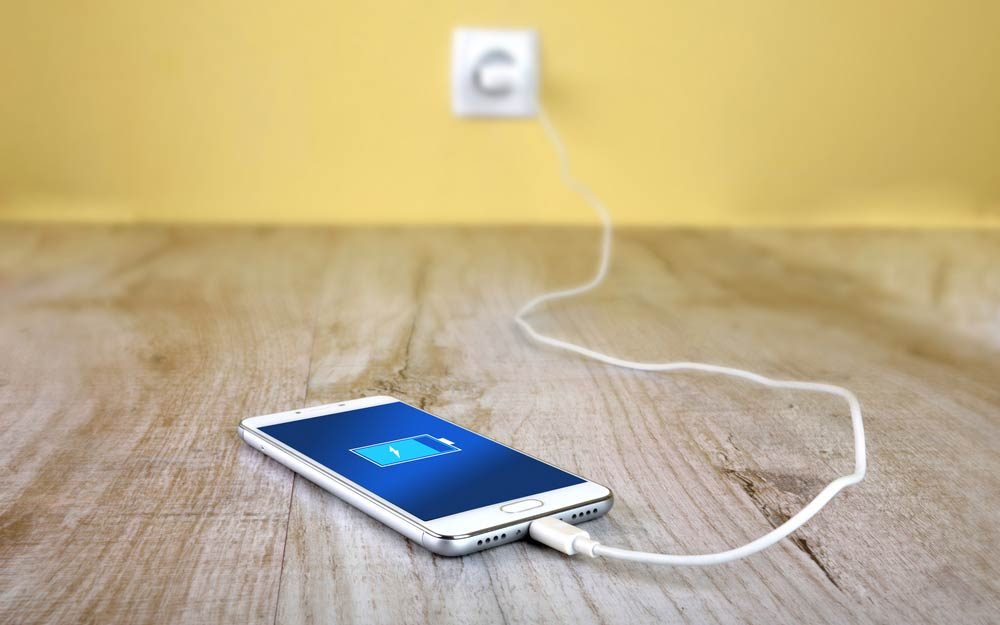
Types of Phone Chargers
There are primarily three types of phone chargers available in the market. These include USB-C, Lightning, and micro USB chargers.
1. USB-C Charger: USB-C chargers are not just limited to Android devices but are also compatible with other devices such as laptops, tablets, and game consoles. They offer faster charging speeds and are increasingly becoming the standard for newer devices.
2. Lightning Charger: Lightning chargers are designed for Apple products such as iPhones, iPads, and AirPods. They are known for their durability and reliability and provide a fast charging experience.
3. MicroUSB Charger: MicroUSB chargers are an old favorite and are compatible with most Android devices. They are affordable and widely available, making them a popular choice for many users.
It is worth noting that there are other types of charging methods available as well, such as wireless charging, which eliminates the need for cables altogether. Additionally, fast charging technology is becoming increasingly popular, allowing you to charge your phone in a fraction of the time it would take with a regular charger.
The Cost of Charging a Phone
The current that charges a phone can vary depending on the device and the charger being used. However, most smartphones come with a 1A charger, which provides a current of 1 ampere at a voltage of 5 volts. USB hubs with a current of 1.5A at 5V are also commonly used and support BC1.2. Some devices, such as iOS devices and many tablets, require a 2A charger, which provides a current of 2 amperes at 5 volts. It is worth noting that some smartphones, such as the Samsung Galaxy Note II, can also use a 2A charger. For most iOS devices, a 2.4A charger is recommended, which provides a current of 2.4 amperes at 5 volts. the current that charges a phone can vary, but it is typically between 1A and 2.4A at a voltage of 5V.
Understanding Phone Charges
Phone chargers work by converting the AC (alternating current) power from the outlet into DC (direct current) power that your phone can use. The charger includes a transformer to step down the voltage to a level that won’t damage your phone’s battery. The charger also includes a rectifier to convert the AC power into DC power.
Once the charger has converted the power, it sends it through a cable to your phone. The charging cable includes a set of wires that carry the power from the charger to your phone. Your phone includes a built-in regulator that controls the amount of power that goes into the battery.
When the battery is low, the regulator allows more power to flow in. As the battery charges, the regulator slows down the flow of power to prevent overcharging. Once the battery is fully charged, the regulator stops the flow of power altogether.
Some chargers also include additional features, such as fast charging or wireless charging. Fast charging allows your phone to charge more quickly than with a standard charger. Wireless charging uses electromagnetic induction to transfer power from the charger to your phone without the need for a cable.
Phone chargers work by converting AC power into DC power that your phone can use, and carefully regulating the flow of power to prevent damage to the battery.
Conclusion
There are several different types of phone charger cables available on the market, each with its own advantages and disadvantages. The most common types include micro-USB, Type A, Type B, USB Type C, and Apple’s Lightning charger. It is important to choose the right charger cable for your device to ensure it charges efficiently and safely. Additionally, it is important to understand the charging capabilities of your device, including the current and voltage requirements, to ensure you are using the appropriate charger. With the variety of charging options available, it is easier than ever to keep your phone charged and ready for use.


